New Delhi: The Union Minister for Power and New & Renewable Energy , R.K. Singh, said on Saturday that the cost of round-the-clock renewable energy will fall to just about Rs 6 per unit from Rs 8 per unit at present if green hydrogen is used for storage.
Speaking at the special ministerial session of the Fourth International Conference & Exhibition on Clean Energy here, Singh said that the cost of green hydrogen would be cheapest in India and that it would become a viable energy storage alternative.
“Green hydrogen is cheaper than gas and battery energy storage systems. We have come up with a pilot bid for about 100 MW which we hope will establish the benchmark. Once we are able to use green hydrogen for our energy requirements, all supply chain issues such as availability of lithium-ion batteries will be resolved. We will make green hydrogen and use it as storage,” he said.
“The average price of power in the energy exchange has recently been Rs 8 per unit, so if our cost for round-the-clock renewable energy comes to Rs 6 per unit, we are in business. That is what the future is: Renewables . The future is here, not far away,” the minister remarked.
The theme of the special ministerial session, held on the closing day of the two-day summit, was ‘Global Champions for Advancing Clean Energy Innovation & Manufacturing’.
The Minister informed the captains of industry that the basic legal framework for the carbon market has been formulated and that the government is thinking of permitting industry to gain carbon credits for green hydrogen and green ammonia which is exported from India. With this, the industry will have yet another advantage, which will make Indian industry totally competitive, the minister added.
“If our price for round-the-clock renewable energy is anything to go by, then we will not have to go the thermal way, we will adopt the renewable path. About 42% of our capacity is from renewable sources already,” Singh said.
The minister pointed out that India is emerging as a manufacturing powerhouse of renewable energy.
“Around 88,000 MW renewable energy capacity is under construction and our plan is to add 50,000 MW of renewable energy capacity every year. We are already emerging as an exporter. The world will come to rely on us more and more. So, all those who are setting up capacity have made a good bet. At the same time, we need to keep ourselves at the leading edge of technology,” he added.
He also said that India is going to emerge as the biggest exporter of solar cells and modules and that more grid capacity is being added.
source – Economictimes

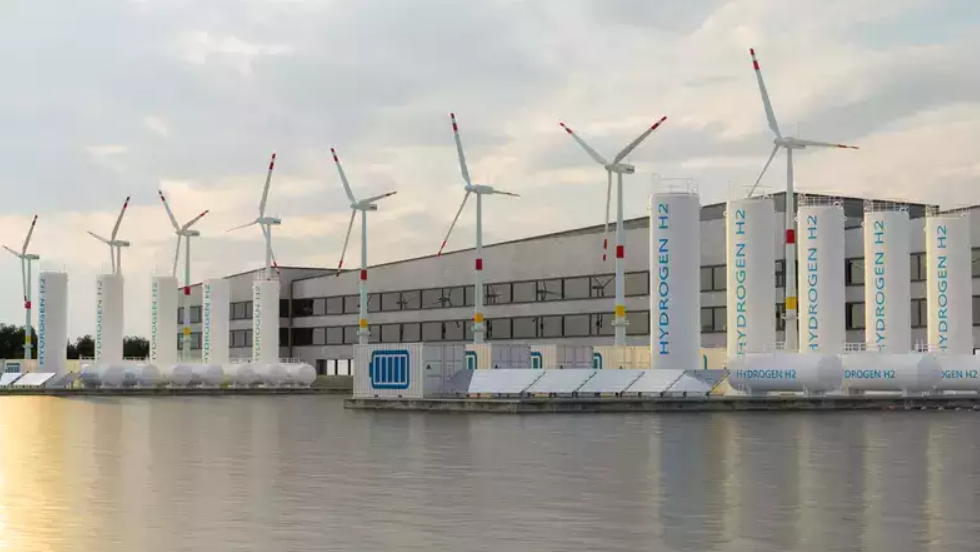
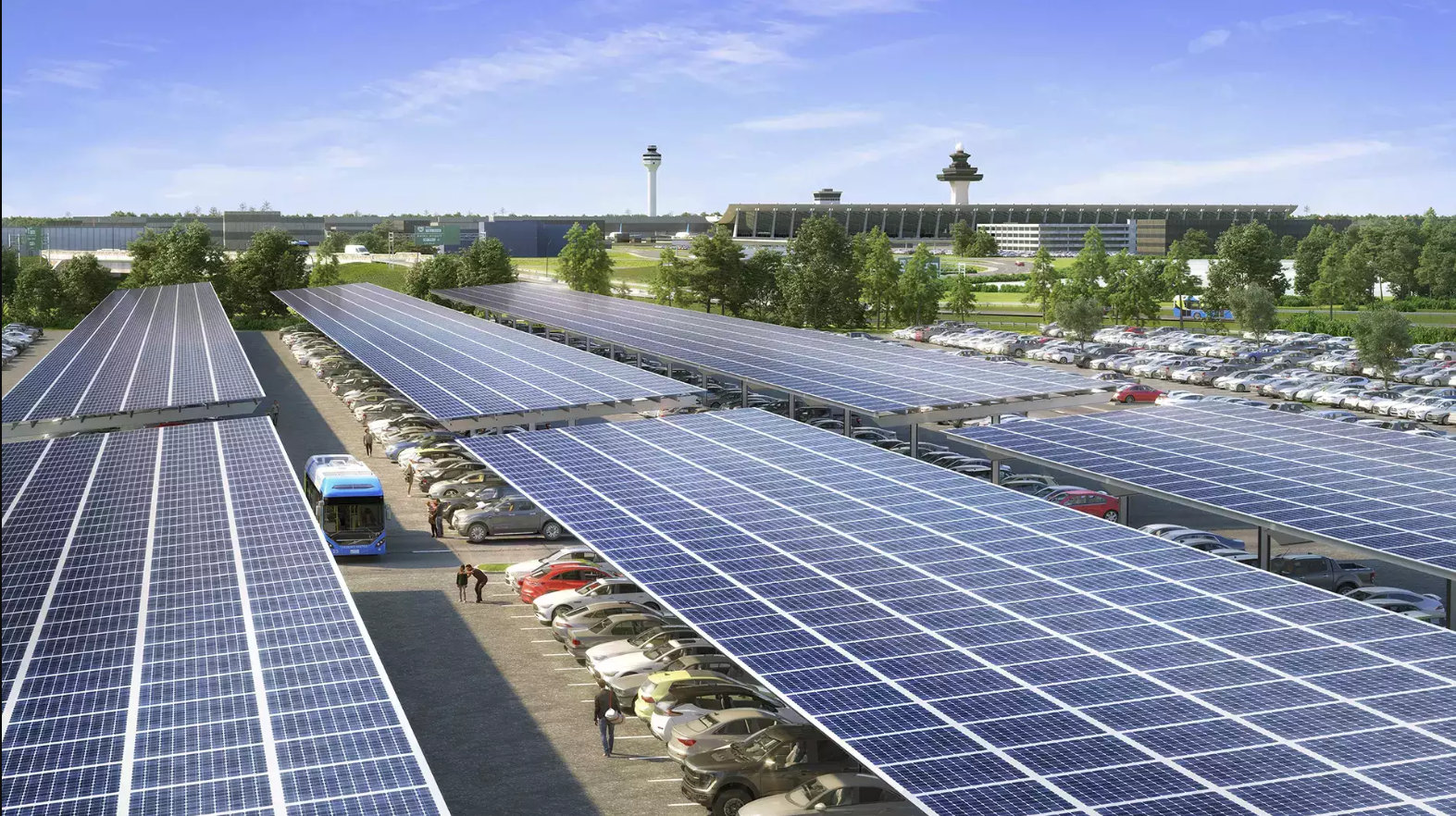
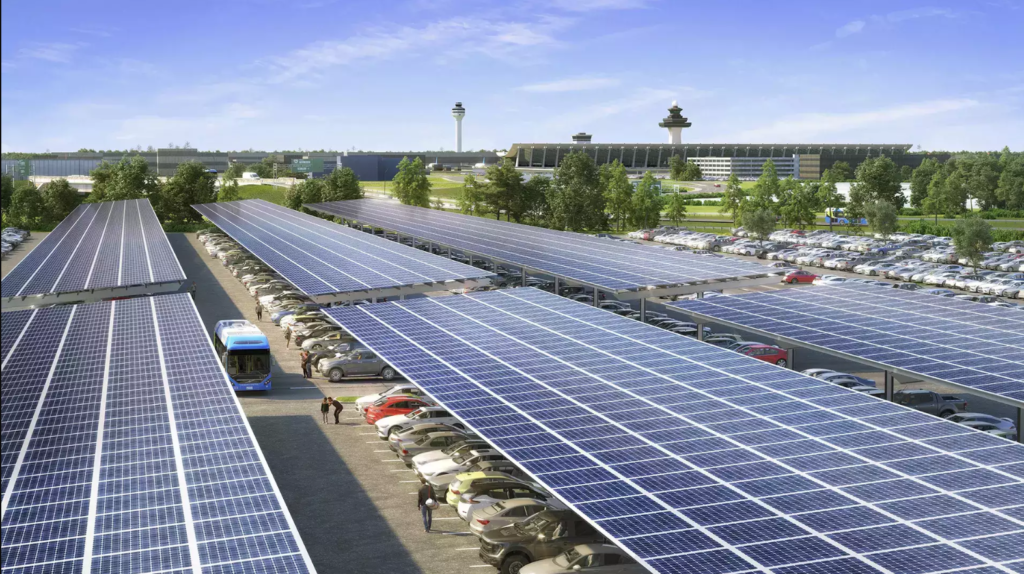
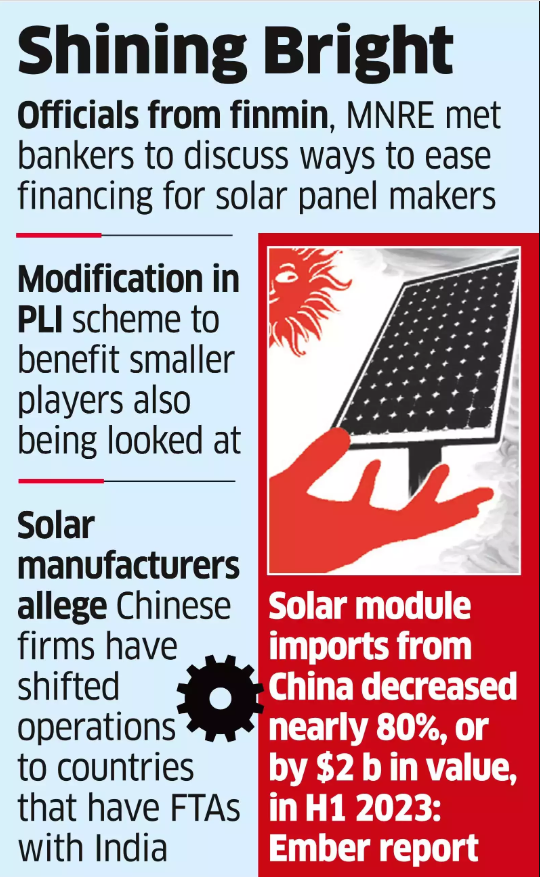
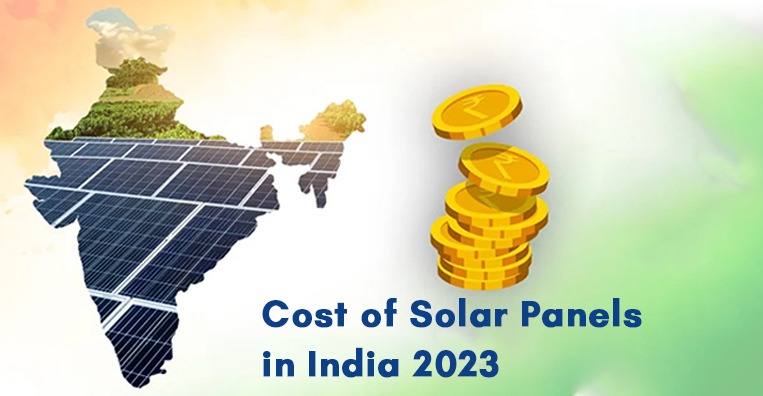
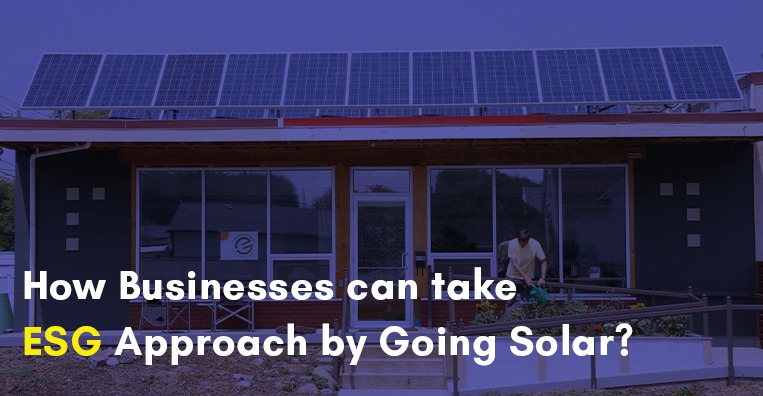
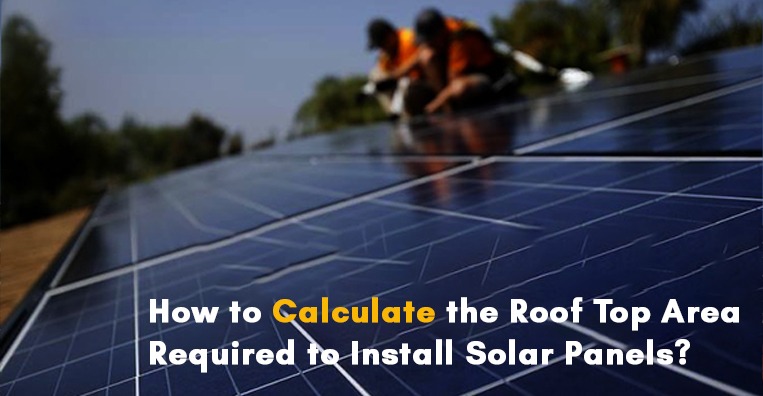





Recent Comments